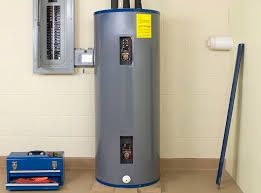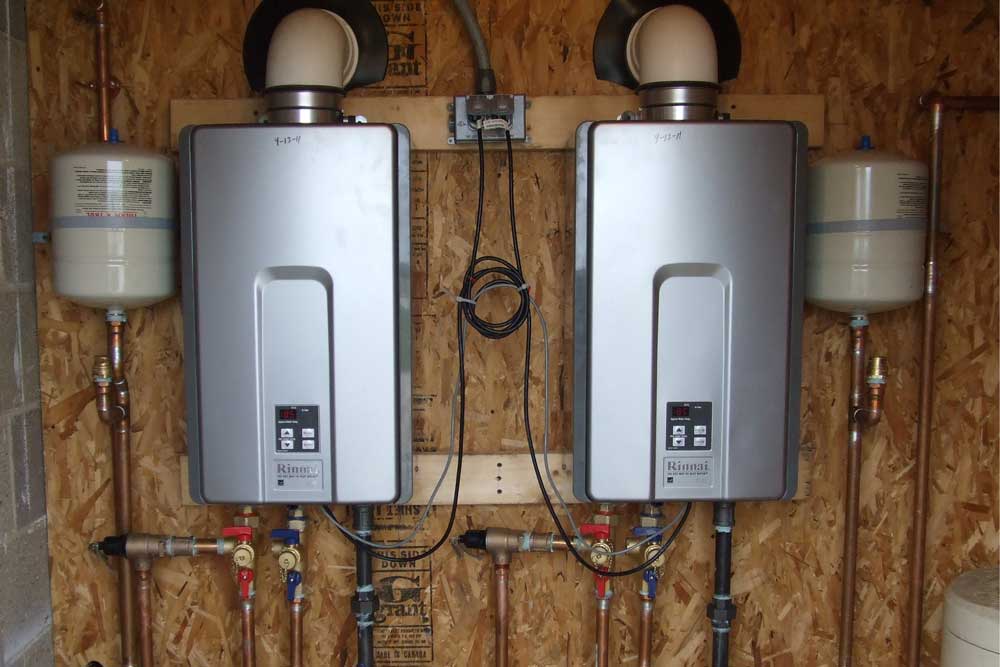Key Care Techniques for Your Home's Hot Water SystemEssential Guidance on Maintaining Your Home's Hot Water SystemWays to Maintain Your Home's Hot Water System in Good Condition
Key Care Techniques for Your Home's Hot Water SystemEssential Guidance on Maintaining Your Home's Hot Water SystemWays to Maintain Your Home's Hot Water System in Good Condition
Blog Article
Were you in search of critical information involving How to Maintain a Hot Water Heater in a Few Simple Steps?

Warm water is necessary for day-to-day convenience, whether it's for a rejuvenating shower or cleaning meals. To ensure your warm water system runs successfully and lasts much longer, routine upkeep is essential. This short article provides useful tips and insights on exactly how to maintain your home's hot water system to prevent disturbances and expensive repair work.
Intro
Preserving your home's hot water system may appear overwhelming, however with a couple of easy actions, you can ensure it runs smoothly for years to find. This overview covers whatever from recognizing your warm water system to do it yourself maintenance tips and recognizing when to call in expert aid.
Importance of Preserving Your Warm Water System
Regular upkeep not just extends the life expectancy of your warm water system yet also ensures it runs successfully. Overlooking upkeep can bring about decreased efficiency, higher power bills, and also early failing of the system.
Indications Your Hot Water System Requirements Upkeep
Knowing when your hot water system needs focus can stop significant issues. Watch out for signs such as inconsistent water temperature, weird noises from the heater, or rusty water.
Comprehending Your Hot Water System
Before diving into upkeep tasks, it's valuable to understand the basic elements of your hot water system. Typically, this includes the hot water heater itself, pipelines, anode rods, and temperature controls.
Regular Monthly Maintenance Tasks
Routine regular monthly checks can assist capture minor problems prior to they escalate.
Purging the Hot Water Heater
Flushing your water heater removes debris build-up, boosting performance and extending its life.
Monitoring and Replacing Anode Rods
Anode poles stop rust inside the storage tank. Examining and replacing them when worn out is crucial.
Examining and Adjusting Temperature Setups
Changing the temperature setups makes certain optimum performance and safety.
Do It Yourself Tips for Upkeep
You can carry out several upkeep tasks yourself to keep your warm water system in leading condition.
Looking for Leakages
Frequently inspect pipes and links for leaks, as these can lead to water damages and higher costs.
Checking Pressure Relief Valves
Examining the pressure relief valve guarantees it functions appropriately and stops excessive pressure accumulation.
Insulating Pipelines
Protecting warm water pipes reduces warm loss and can save power.
When to Call an Expert
While DIY upkeep is valuable, some problems require expert proficiency.
Complicated Issues Calling For Professional Help
Examples consist of major leakages, electrical troubles, or if your water heater is regularly underperforming.
Routine Professional Upkeep Benefits
Expert upkeep can include detailed evaluations, tune-ups, and making certain conformity with safety standards.
Verdict
Routine upkeep of your home's hot water system is important for performance, long life, and cost financial savings. By complying with these tips and understanding when to look for professional help, you can make sure a dependable supply of hot water without unanticipated disruptions.
Water Heater Maintenance: The Basics
Maintaining your water heater will ensure it operates efficiently and has a longer lifespan. Neglecting regular maintenance can lead to costly repairs and an even bigger chunk of your savings if you have to replace it sooner than necessary. But there’s good news: Most water heater maintenance tasks are relatively simple and easy for homeowners with basic DIY skills.
Flush the Water Heater
Over time, sediment and minerals can build up in the tank, reducing its efficiency and potentially causing damage. To flush the tank, turn off the power or gas supply, attach a hose to the drain valve near the bottom and open the valve to drain the water until it runs clear. Ideally, flush the tank annually.
Replace the Anode Rod
The anode rod is a sacrificial metal rod that helps prevent corrosion inside the tank. Inspect and replace it every three to five years or per the manufacturer's recommendation. To replace the anode rod, turn off the power or gas supply, drain a few gallons of water from the tank, unscrew the old rod and replace it with a new one. If the anode rod is significantly corroded or covered in calcium buildup, it's a sign the water heater may need to be replaced soon.
Tune-Up
A yearly tune-up can help identify potential issues and ensure your water heater operates at peak efficiency. This typically involves checking the thermostat, burner assembly (for gas heaters) and any other components specified by the manufacturer. During a tune-up, the technician may also clean the burner and adjust the pilot light (for gas heaters) or examine the heating elements (for electric heaters).
How to Maintain Your Water Heater
Insulate the tank. Insulating the tank can improve energy efficiency and reduce heat loss, saving you money on energy bills. You can purchase precut insulation blankets designed specifically for water heaters or use standard fiberglass insulation wrapped securely around the tank. Check the temperature. The recommended water temperature for most households is around 120 degrees Fahrenheit (49 degrees Celsius). Higher temperatures can increase energy costs and potentially cause scalding. Use a kitchen thermometer to check the temperature at the faucet nearest the water heater. Monitor water pressure. Excessive water pressure can strain the water heater and cause leaks or even tank failure. Install a pressure-reducing valve if necessary. The ideal water pressure range is between 60 and 70 PSI (pounds per square inch). Test the temperature and pressure (T&P) relief valve. The T&P relief valve is a safety feature that releases pressure if the tank gets too hot or the pressure builds up too high. Test it annually by lifting the lever and allowing a small amount of water to release. Replace the valve if it doesn't release water or reseal properly. Check for leaks. Regularly inspect the tank, pipes and fittings for leaks or corrosion. Deal with issues promptly to prevent further damage. Even a small leak can lead to significant water damage over time. Consider a tankless water heater. If your traditional tank-style water heater is nearing the end of its lifespan ( typically 10 years), consider replacing it with a tankless water heater. These units heat water on demand, reducing standby energy losses and potentially saving you money on your energy bills. Schedule professional maintenance. While homeowners can perform many water heater maintenance tasks, it's still a good idea to schedule professional maintenance every few years. A plumber or HVAC technician can thoroughly inspect the unit, identify potential issues and ensure it operates safely and efficiently. https://www.homeserve.com/en-us/blog/home-improvement/hot-water-heater-maintanence/

I have been very enthusiastic about How to Maintain Your Water Heater & Prolong its Life and I really hope you liked the piece. Remember to set aside a second to share this content if you liked it. Thank you for being here. Don't forget to check up our blog back soon.
Click Here Report this page